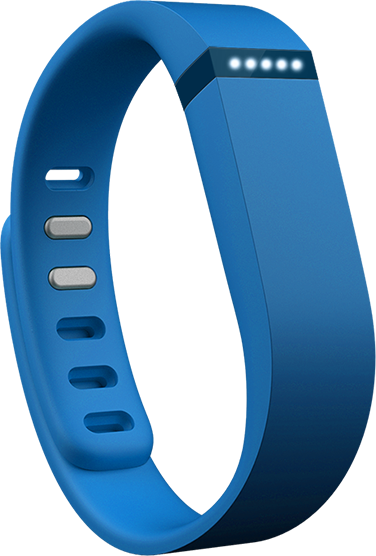 |
| Fitbit Flex |
Now the product category is entering the maturity stage of the product life cycle, as competition intensifies, prices drop, brands consolidate, and some brands (like Nike) drop out while others rush in to take advantage of customer interest.
Fitbit, which went public just recently, holds nearly 70% of the US market for activity-tracking wristbands. Meanwhile, some early adopters are reportedly switching to newer brands/bands to take advantage of new features and new fashion . . . even as companies think about ways to keep customers using the bands once the initial rush of interest wears off. One major avenue to revenue growth is targeting employers that want to keep employees fit.
Yet convergence and tech evolution is also taking its toll. Will the Apple Watch's tracking capabilities speed the movement of fitness bands into late maturity? How quickly will fitness bands enter the decline stage of the product life cycle? Given the rapid life cycles of tech products, fitness bands will probably have a relatively condensed life cycle.
No comments:
Post a Comment
Note: Only a member of this blog may post a comment.